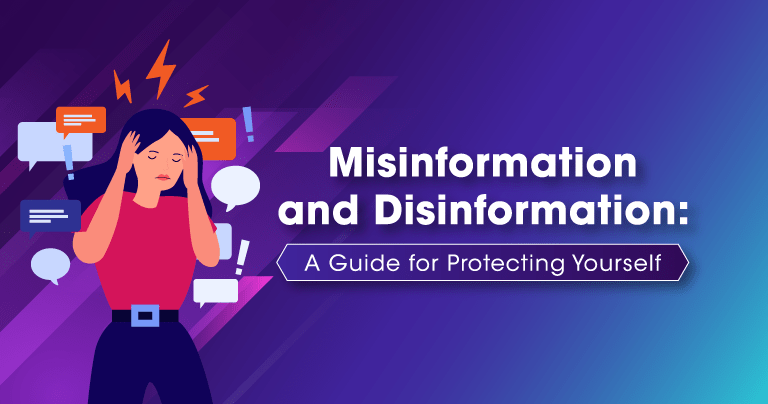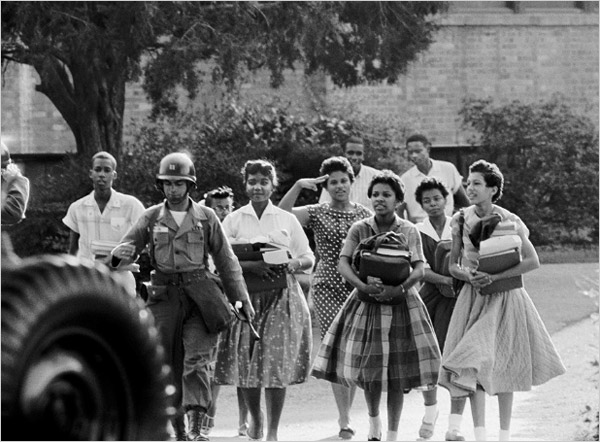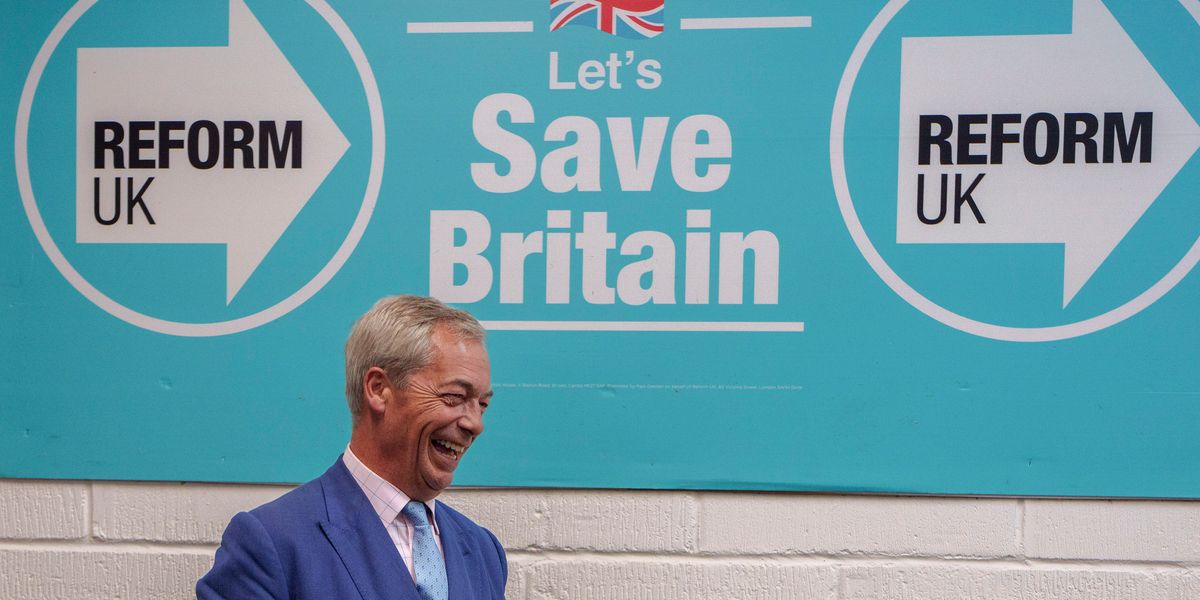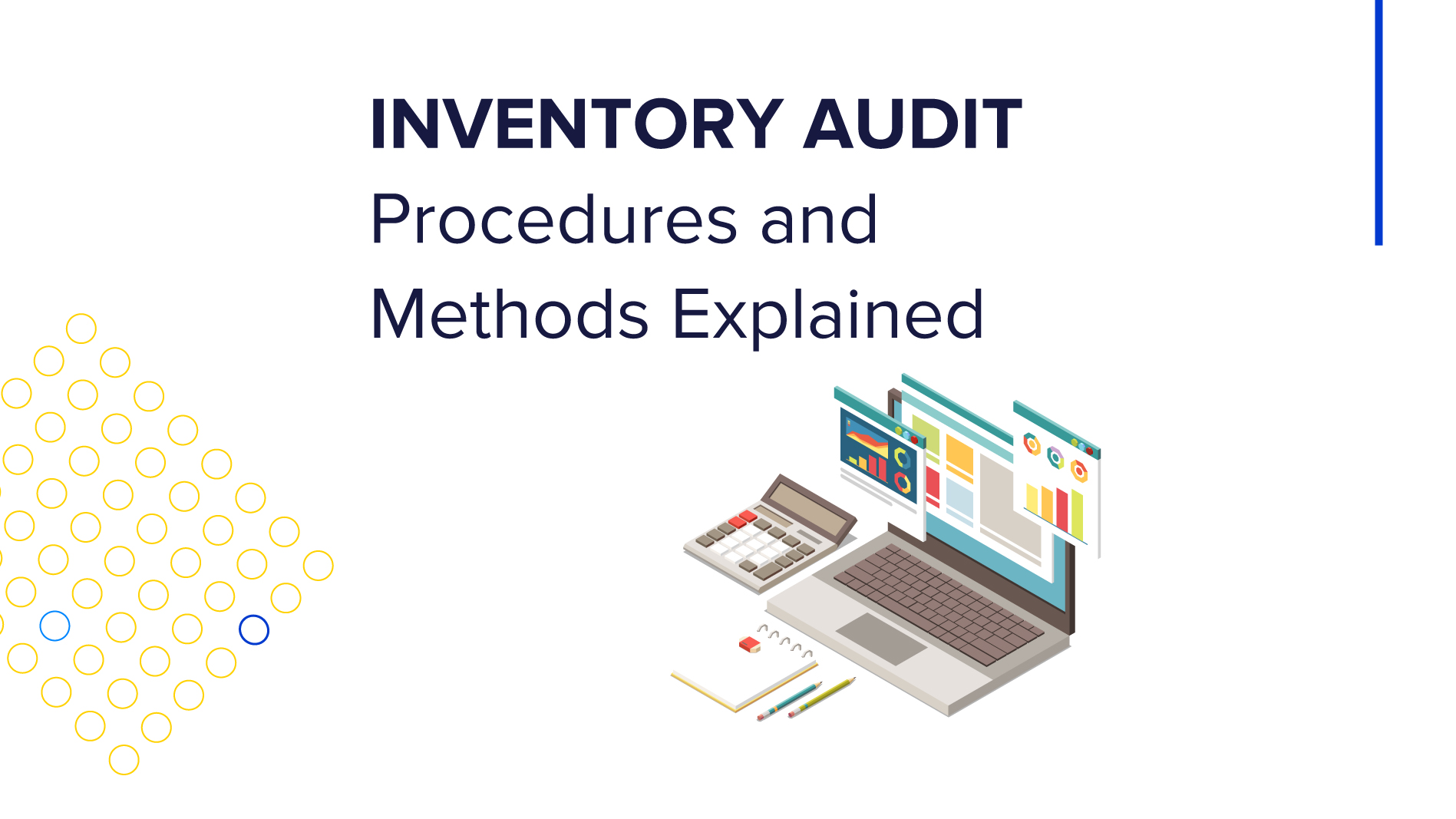Understanding Misinformation Resistance: A CNN Expert Analysis

Table of Contents
Cognitive Biases and Their Role in Misinformation Acceptance
Cognitive biases significantly impact our susceptibility to misinformation. These mental shortcuts, while often efficient, can lead us to accept false information readily. Understanding these biases is the first step in building stronger misinformation resistance.
-
Confirmation Bias: This bias refers to our tendency to favor information that confirms pre-existing beliefs while dismissing contradictory evidence. We subconsciously seek out and interpret information that reinforces our worldview, even if that information is inaccurate. This makes us vulnerable to misinformation that aligns with our existing opinions, regardless of its veracity.
-
Availability Heuristic: This heuristic means we overestimate the likelihood of events that are easily recalled, often due to their vividness or recent occurrence. Misinformation, especially if presented dramatically or repeatedly, becomes more "available" in our memory, leading us to perceive it as more likely to be true. Sensational headlines and emotionally charged narratives exploit this bias.
-
Motivated Reasoning: This describes our tendency to process information in a way that supports our existing motivations and desires. When faced with information that challenges our deeply held beliefs, we may engage in motivated reasoning, actively seeking out justifications to dismiss the contradictory information, even if it's factual. This makes it harder to accept corrections and increases our resistance to changing our minds.
-
Examples: A classic example is the spread of conspiracy theories. Individuals holding pre-existing distrust towards authority might be more susceptible to conspiracy theories that confirm their distrust, even if lacking credible evidence. Similarly, emotionally charged misinformation, like a false report of a crime, might be more easily accepted due to the availability heuristic.
The Influence of Social Networks and Echo Chambers on Misinformation Resistance
Social media platforms, while offering numerous benefits, contribute significantly to the spread of misinformation and hinder resistance. Algorithmic design and network effects create echo chambers that reinforce existing beliefs and limit exposure to diverse perspectives.
-
Filter Bubbles and Echo Chambers: Social media algorithms often personalize our feeds, showing us content similar to what we’ve previously engaged with. This creates "filter bubbles" that limit our exposure to diverse viewpoints and reinforce existing biases, making us more susceptible to misinformation aligned with our echo chamber.
-
Algorithmic Amplification: Social media algorithms prioritize engagement, often inadvertently amplifying sensational or emotionally charged content, including misinformation. The design incentivizes the sharing of controversial or shocking information, regardless of its accuracy. This creates a feedback loop that spreads misinformation exponentially.
-
Social Influence and Peer Pressure: The social dynamics of online communities can exert significant pressure to conform. Within an echo chamber, individuals may be less likely to express skepticism towards misinformation for fear of social exclusion or disapproval.
-
Breaking Free: To improve misinformation resistance, consciously seek out diverse sources of information, critically evaluate posts from friends and family, and actively engage with content that challenges your existing viewpoints. Following fact-checking organizations and engaging in respectful discourse with individuals holding different perspectives can help break free from echo chambers.
Critical Thinking Skills and Misinformation Detection
Developing strong critical thinking skills is fundamental to resisting misinformation. This involves actively evaluating the credibility of information sources and applying logical reasoning to identify potential biases and fallacies.
-
Source Evaluation: Always evaluate the credibility of the source. Consider the author's expertise, potential biases, and the evidence presented. Look for reputable sources such as peer-reviewed journals, established news organizations, and government agencies. Be wary of anonymous sources or sources with a clear agenda.
-
Fact-Checking: Utilize reputable fact-checking websites and resources to verify the accuracy of information before accepting it as true. Cross-referencing information from multiple reliable sources is crucial.
-
Identifying Logical Fallacies: Learn to recognize common logical fallacies such as ad hominem attacks, straw man arguments, and appeals to emotion. These rhetorical techniques are often used to manipulate audiences and spread misinformation.
-
Media Literacy: Develop strong media literacy skills by understanding different media formats and their potential biases. Learn to identify misleading visual representations, manipulative editing techniques, and emotionally charged language.
The Role of Education in Fostering Misinformation Resistance
Education plays a vital role in equipping individuals with the skills necessary to combat misinformation. Incorporating media literacy and critical thinking into curricula is paramount.
-
Media Literacy in Schools: Integrating media literacy education into school curricula from an early age can build critical thinking skills and help students develop the ability to analyze and evaluate information critically. This should include lessons on recognizing bias, identifying credible sources, and understanding the impact of technology on information dissemination.
-
Digital Citizenship: Promoting digital citizenship, encompassing responsible online behavior and ethical media consumption, is crucial. Educating individuals about the potential consequences of sharing misinformation and encouraging responsible online interactions are essential components.
-
Targeted Education Programs: Developing targeted educational programs addressing specific misinformation trends can enhance public understanding of prevalent falsehoods and improve resistance to their spread. These programs could utilize interactive tools and engaging methods to teach individuals how to identify and combat misinformation effectively.
Conclusion
This article, informed by the insights reflected in CNN's reporting and analysis, has highlighted the multifaceted nature of misinformation resistance. Overcoming the challenges posed by cognitive biases, social media algorithms, and the deliberate spread of falsehoods requires a multi-pronged approach. Strengthening critical thinking skills, diversifying information sources, and promoting media literacy education are crucial steps in building individual and societal misinformation resistance. By actively engaging in these practices, we can all contribute to a more informed and resilient society, better equipped to combat the pervasive threat of misinformation. Learn more about strengthening your own misinformation resistance and improving your media literacy by exploring further resources on critical thinking and responsible online behavior.

Featured Posts
-
 School Desegregation The Justice Departments Decision And Future Of Integration Efforts
May 03, 2025
School Desegregation The Justice Departments Decision And Future Of Integration Efforts
May 03, 2025 -
 Play Station Network Te Oturum Acma Sorunlari Ve Coezuemleri
May 03, 2025
Play Station Network Te Oturum Acma Sorunlari Ve Coezuemleri
May 03, 2025 -
 Tory Chairman Condemns Farages Populism Yet Faces Reform Uk Challenges
May 03, 2025
Tory Chairman Condemns Farages Populism Yet Faces Reform Uk Challenges
May 03, 2025 -
 Recent Fortnite Refunds A Look At Potential Cosmetic Changes
May 03, 2025
Recent Fortnite Refunds A Look At Potential Cosmetic Changes
May 03, 2025 -
 Ghanas Mental Healthcare Gap 80 Psychiatrists Serving 30 Million People
May 03, 2025
Ghanas Mental Healthcare Gap 80 Psychiatrists Serving 30 Million People
May 03, 2025
Latest Posts
-
 Credible Evidence And Allegations Of Toxic Workplace The Case Of Rupert Lowe
May 03, 2025
Credible Evidence And Allegations Of Toxic Workplace The Case Of Rupert Lowe
May 03, 2025 -
 Toxic Office Culture Allegations Against Former Uk Mp Rupert Lowe
May 03, 2025
Toxic Office Culture Allegations Against Former Uk Mp Rupert Lowe
May 03, 2025 -
 Evidence Of Toxic Workplace Culture Rupert Lowes Time As An Mp
May 03, 2025
Evidence Of Toxic Workplace Culture Rupert Lowes Time As An Mp
May 03, 2025 -
 National Award Honors Nebraskas Voter Id Campaign
May 03, 2025
National Award Honors Nebraskas Voter Id Campaign
May 03, 2025 -
 Maines Pilot Post Election Audit Procedures And Goals
May 03, 2025
Maines Pilot Post Election Audit Procedures And Goals
May 03, 2025
